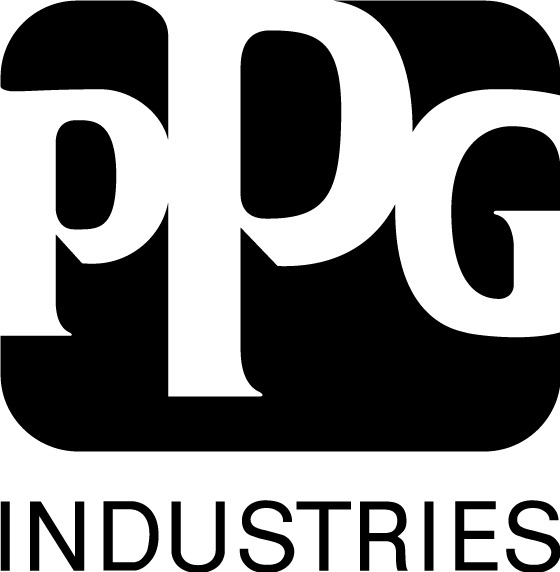Dividend Value Builder Newsletter
- Discover, Compare, and Evaluate Stocks Without Emotional Bias -
(Intrinsic Value Analysis For Over 300 Stocks)
PPG Industries (PPG) Stock Analysis

PPG Industries Dividend
The PPG Industries (PPG) dividend has been paid every year since 1899 and increased for 53 consecutive years; qualifying the company as a Dividend King. The firm is one of the oldest and largest global producers of coatings and glass.
Current Dividend Annualized: $2.72
Why you might want to own the company:
PPG may appeal to investors seeking a leader in high‑value industrial materials benefiting from long-term trends like sustainability and industrial automation. The firm’s global reach and diversified product mix help cushion against localized downturns and amplify growth opportunities, particularly in emerging markets. PPG’s strengths include its extensive global footprint—manufacturing in 70+ countries—and a richly diversified product portfolio that spans industrial, performance, and specialty coatings . The company invests heavily in R&D and sustainability, with about 41 % of 2024 sales from eco‑friendly products.
Is the stock price a Buy, Sell, or Hold?
PPG Industries (PPG) Intrinsic Value – Margin of Safety Analysis
(updated May 2025)
Normalized Diluted Earnings Per Share (TTM): $5.65
Free Cash Flow Per Share (TTM): $3.37
Cash Flow From Operations (CFO) Per Share: (TTM): $6.28
Estimated Intrinsic Value: $106
Target Buy Price Based on Required Margin of Safety = $75
(Required Margin of Safety Based On Risk Stability Grade:
A = 0%, B = 20%, C = 40%, D = 60%, F = 80%)
Target SELL Price Based on Estimated Intrinsic Value = $121
(Allow Overvaluation Adjusted by Risk Stability Grade:
A = 40%, B = 25%, C = 15%, D = 5%, F = 0%)
Risk / Stability Grade: C
A grade indicates a quality company with a strong balance sheet, high earnings quality, and a positive business environment. These stocks require the slimmest margin of safety within the stock universe.
B grade indicates a company with a good balance sheet, good earning quality, and a stable business environment. The margin of safety required should be greater than stocks with an A grade but less than the average stock.
C grade indicates a company with a sufficient balance sheet, at least average earnings quality, and a reasonably stable business environment. The margin of safety required is greater than A & B stocks, but less than D & F stocks.
D grade indicates a company in good standing but has issues that could affect its stability and long term risks. D rated stocks should require a large margin of safety when purchased.
F grade indicates a company with significant issues that are currently affecting its stability and long term risks. Require an extremely large margin of safety for F rated stocks when purchased.
Financial Risk Grade: C+
A grade indicates an extremely low probability of a dividend cut. This rating is reserved for companies with strong balance sheets and/or excellent dividend histories.
B grade indicates a very low probability for a dividend cut.
C grade indicates a low probability for a dividend cut and/or average safety risk.
D grade indicates there are issues that should be considered concerning future dividend payments.
F grade indicates serious dividend safety risks. Investors should complete comprehensive due diligence before investing.
Business Quality Grade: C
A grade indicates earnings quality is high or far above average.
B grade indicates earnings quality is good and/or above average.
C grade indicates earnings quality is acceptable or average.
D grade indicates earnings quality is poor and requires thoughtful due diligence.
F grade indicates the quality of the earnings is poor or far below average requiring serious due diligence.
Earnings Report: 3/31/25
AAAMP Portfolios Position Disclosures:
Treasure Trove Dividend (TTD) – None
Global Dividend Value (GDV) – None
Dividend Growth & Income (DGI) – None
Global Value (GV) – None
Global Value Aggressive (GVA) – None
Global Conservative Income (GCI) – None
Global High Income (GHI) – None
Description
Sector: Basic Materials
Industry: Specialty Chemicals
Company Overview:
PPG Industries (PPG) is a leading global supplier of paints, coatings, and specialty materials, serving industries such as automotive, aerospace, construction, and industrial manufacturing. The company operates in more than 70 countries, offering products that enhance durability, aesthetics, and protection for various surfaces. PPG’s innovation-driven approach focuses on sustainable and high-performance coatings to meet the evolving needs of its customers.
Company Strengths:
PPG’s strengths include its strong brand portfolio, global market presence, and leadership in coatings and specialty materials. The company benefits from a diverse customer base, reducing dependency on any single industry. PPG also prioritizes innovation, investing in advanced coatings technology, such as eco-friendly and high-durability solutions, to maintain a competitive edge. Additionally, its ability to generate consistent cash flow supports strategic acquisitions and shareholder returns.
Company Challenges:
PPG faces challenges such as fluctuating raw material costs, supply chain disruptions, and economic slowdowns that impact industrial and construction demand. The company also operates in a highly competitive market, requiring continuous innovation and efficiency improvements to sustain growth. Additionally, regulatory and environmental compliance related to chemical usage and sustainability initiatives add complexity and potential cost pressures to its operations.
Dividend Value Builder Newsletter Membership (24 Issues) - $129/Yr.
Minimize Large Portfolio Drawdowns
Invest With Confidence In Less Time - Manage Your Portfolio Without Behavioral Errors
Disclaimer:
While Arbor Investment Planner has used reasonable efforts to obtain information from reliable sources, we make no representations or warranties as to the accuracy, reliability, or completeness of third-party information presented herein. The sole purpose of this analysis is information. Nothing presented herein is, or is intended to constitute investment advice. Consult your financial advisor before making investment decisions.
